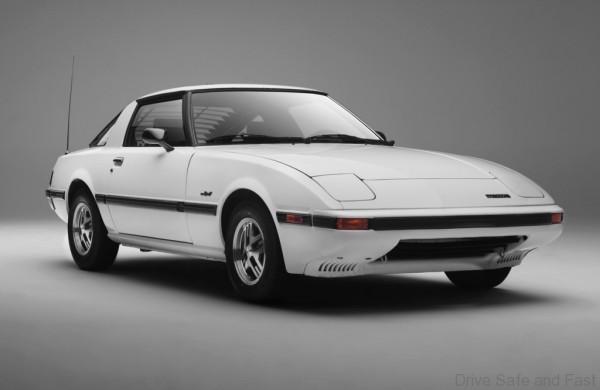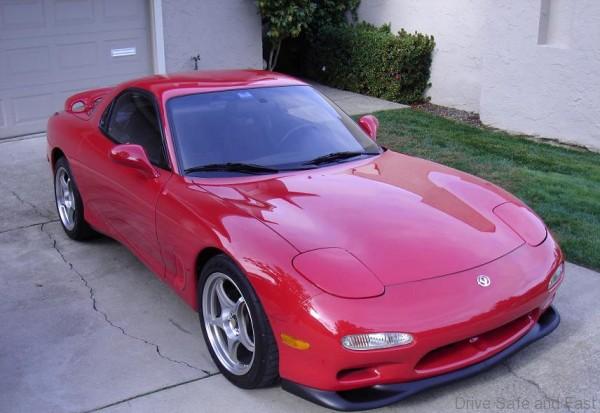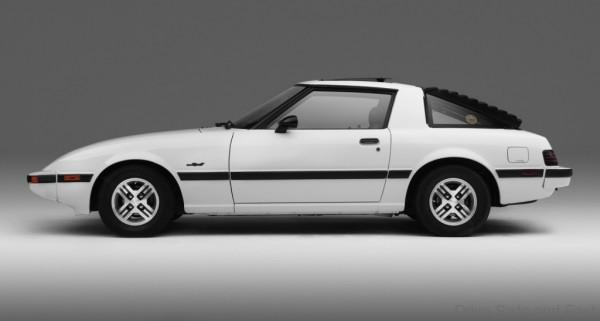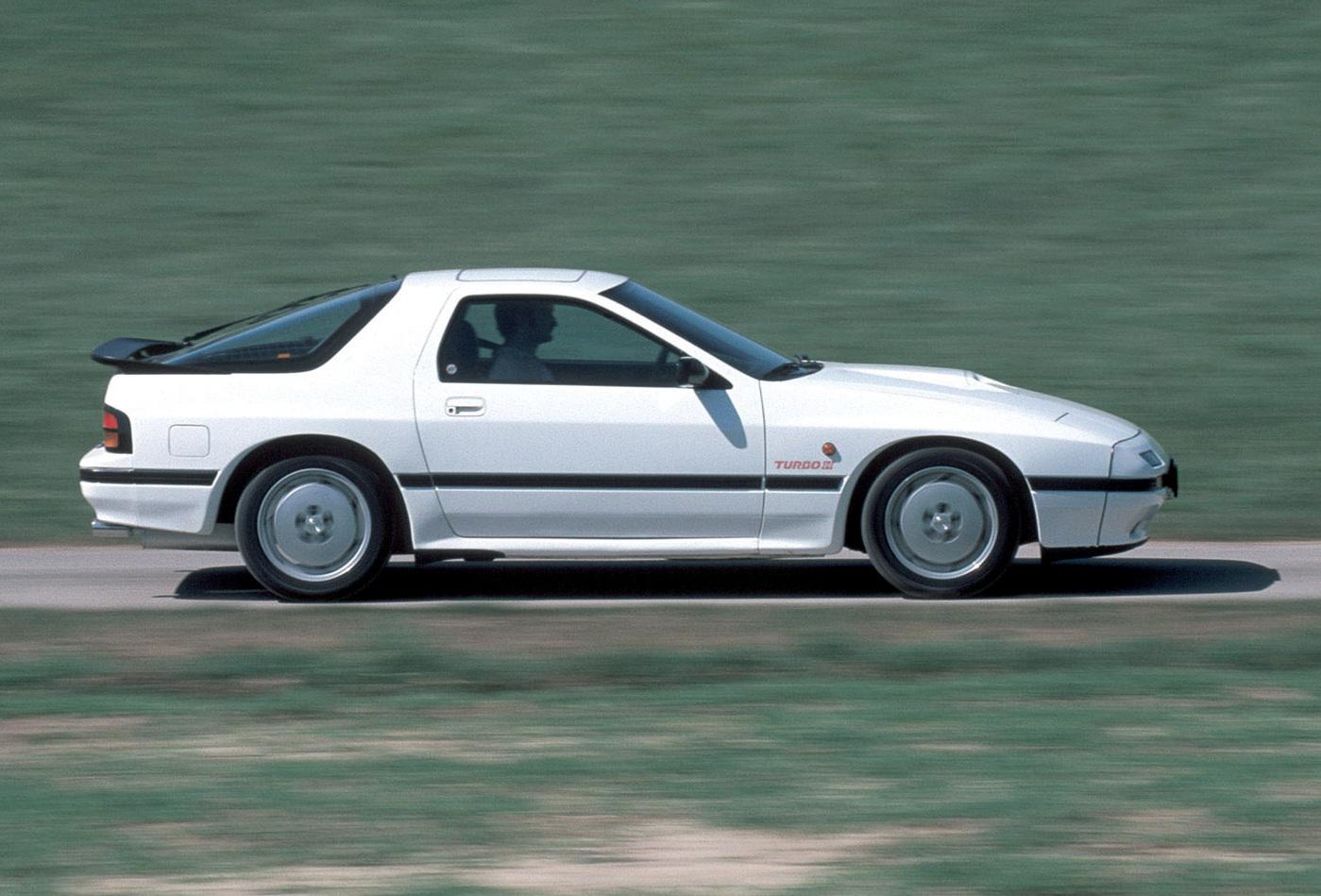Times are getting better for those with Japanese classic sports cars in their collection. Nismo have restoration services and parts available for the classic R32, R33 and R34 GT-R models and now Mazda too are expanding their support for classic owners. This began with a restoration programme for MX-5 owners back in 2017. Now Mazda Classic has announced that they’ll be reproducing SOME essential parts for the 2nd generation “Savannah” RX-7 (1985-1992) and 3rd generation “Efini” RX-7 (1991-2002).

This site has a full list of parts that the company will start supplying again for the RX-7 FC and RX-7 FD. While not every part for these two vehicles is being put back into production, Mazda says the parts that are now being reintroduced are highly sought after by owners. A quick glance shows the following parts listed:
- oil level gauge
- duct panel fastener
- vacuum tubes
- throttle sensors
- gaskets
- hose clamps
- clips
- rear brake ‘V’ springs

There are loads more, and they’re all listed along with their part numbers and prices in Japanese Yen. Some parts come with illustrations to show exactly what they are. All in all, some 91 parts for fabricated and available for collectors through Mazda dealerships and parts dealers.

About the 2nd and 3rd gen Mazda RX-7
The 2nd generation Mazda RX-7 was built between 1985 and 1992, with over 270,000 units made. A range of 1.3L Wankel Rotary turbo and naturally-aspirated engines powered these cars with 4-speed auto and 5-speed manual gearboxes available. A convertible variant was also sold.

The 3rd generation Mazda RX-7 was also the final one and perhaps the most recognisable. The 13B-REW 1.3L Wankel Rotary engine featured a sequential twin turbo charger and was capable of 252hp at the start of the car’s production. By the end of its production, the engine was shipped from the factory with up to 276hp. While this generation of the RX-7 ran a longer production run and was praised for its handling, less than 70,000 were made. The car was more complex than its predecessor, more expensive too. It also came after the Japanese asset price bubble burst in the early 1990s.


